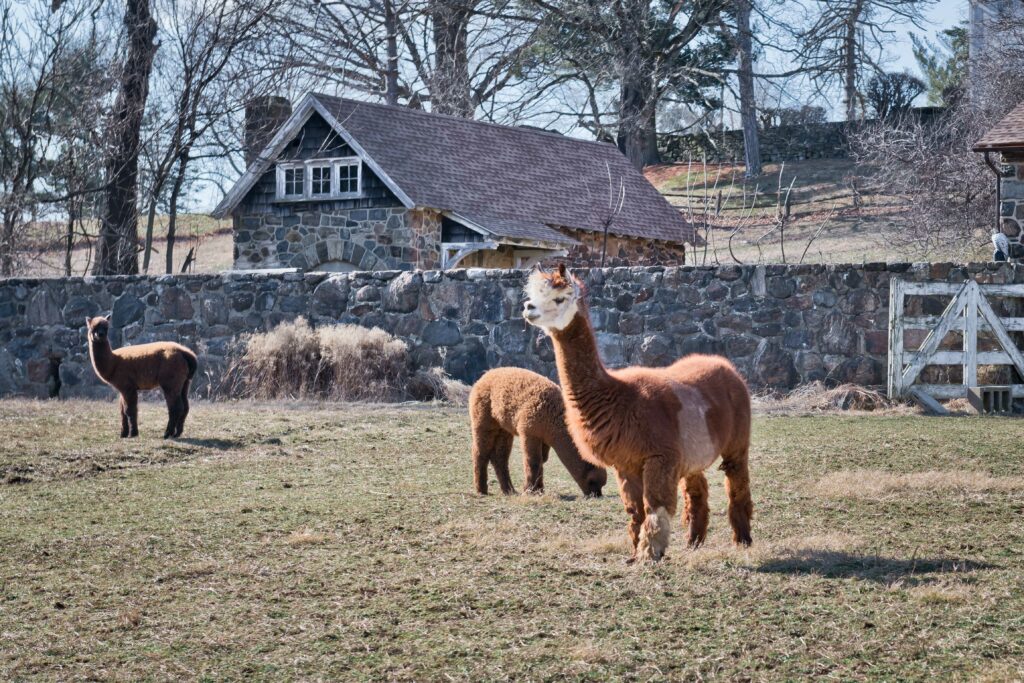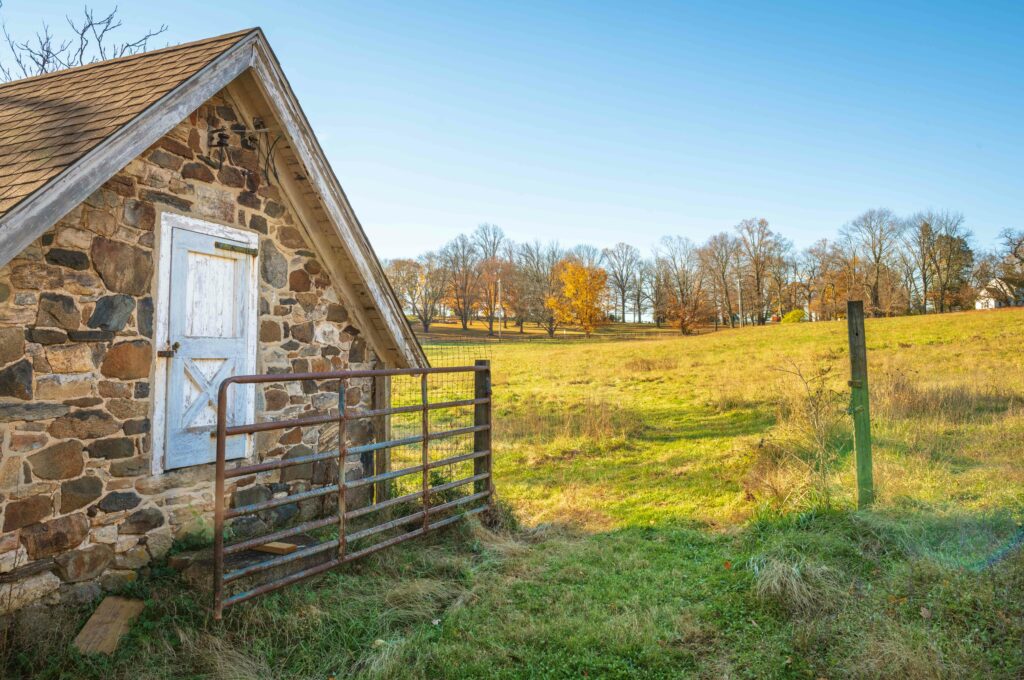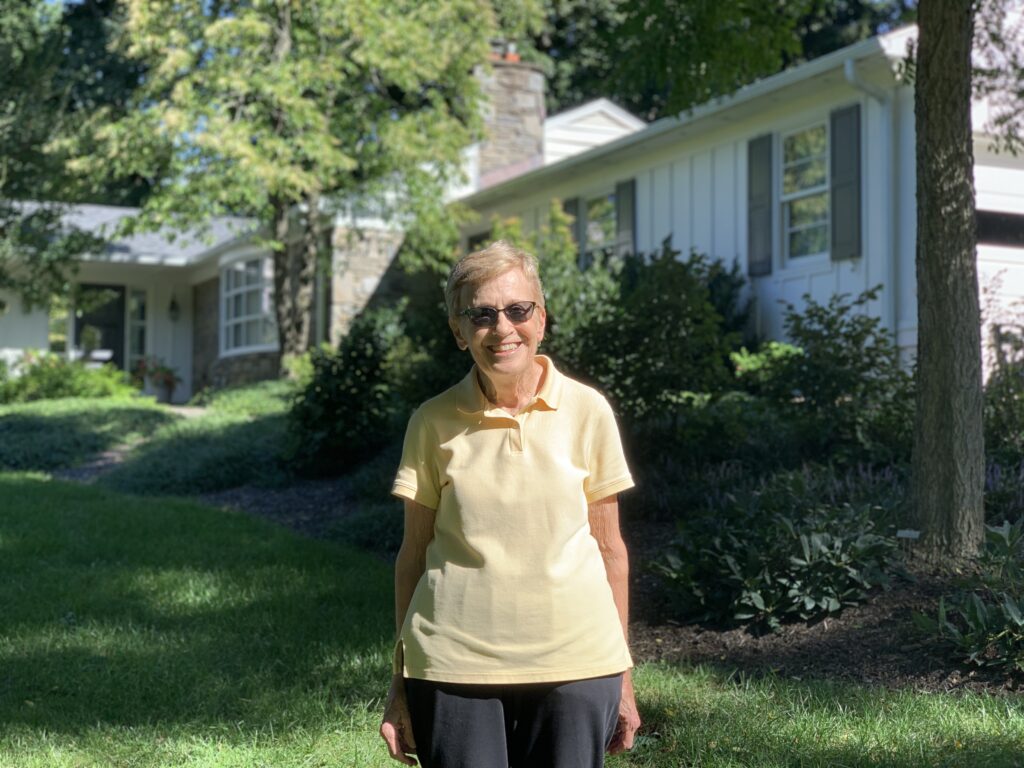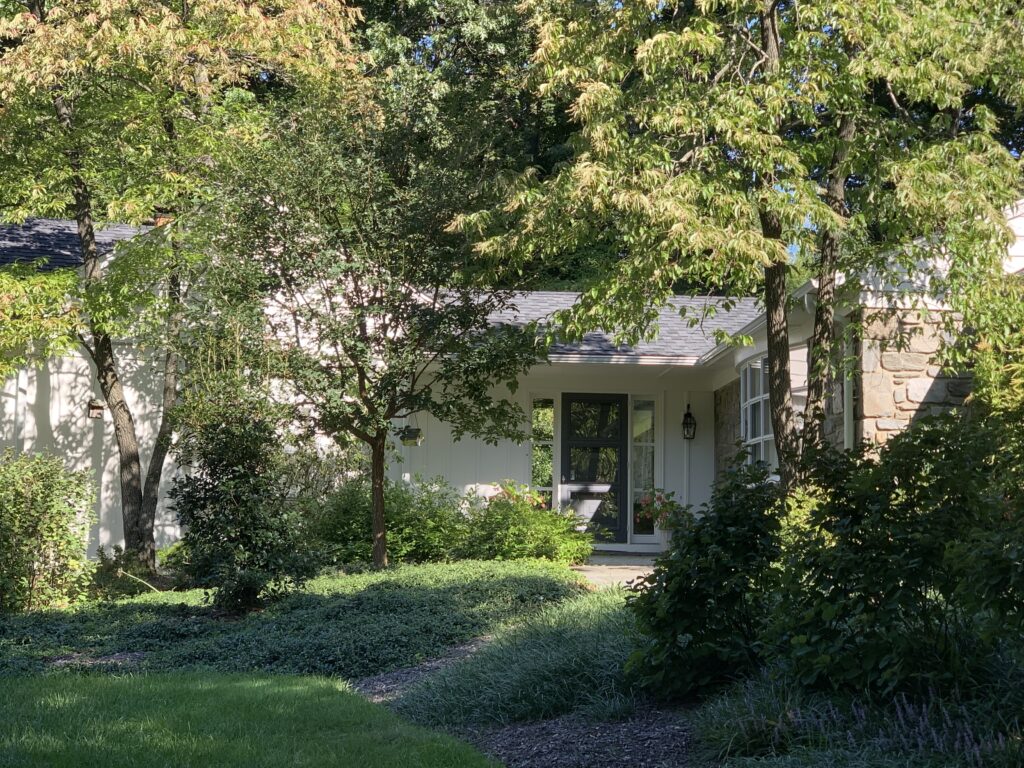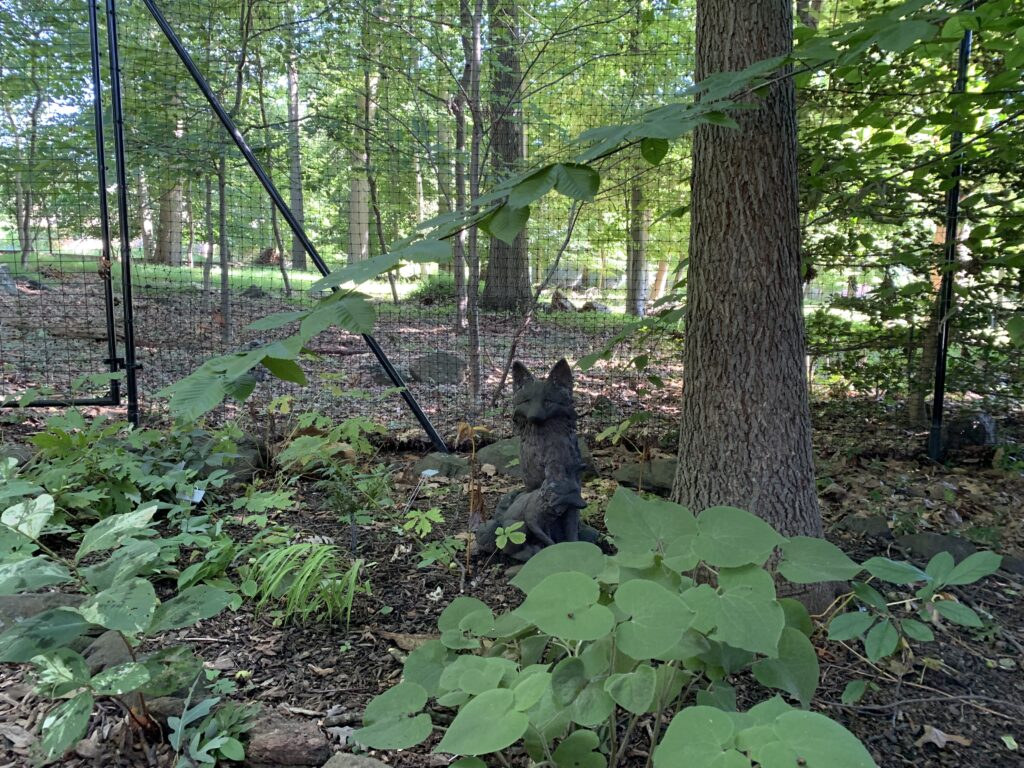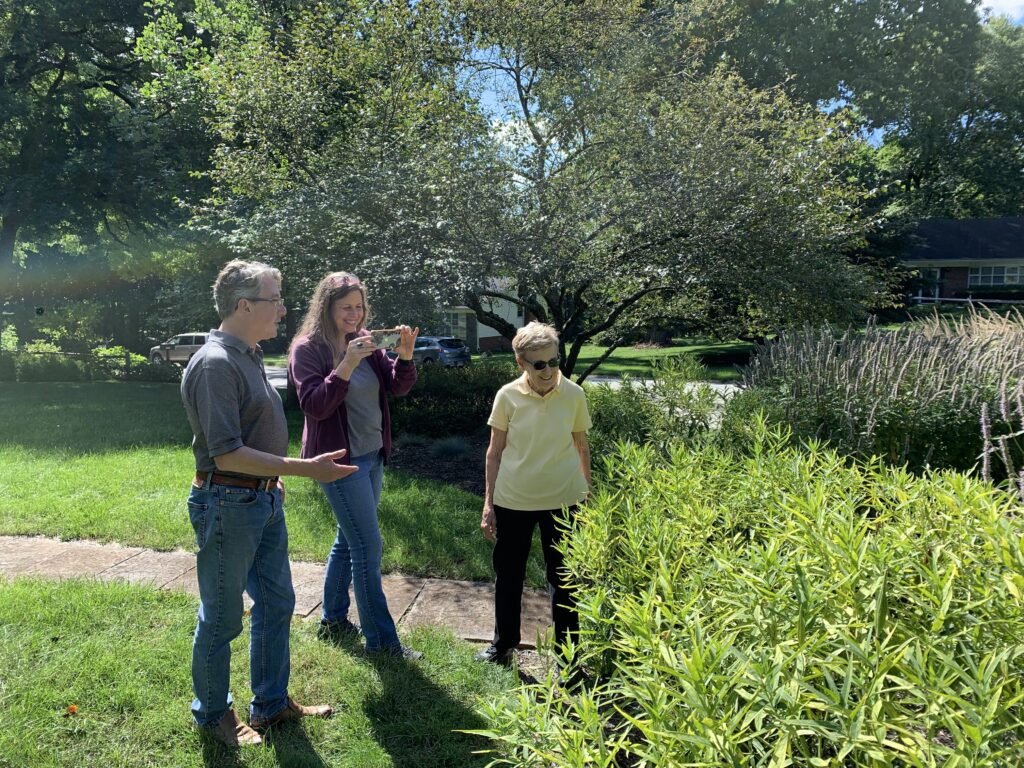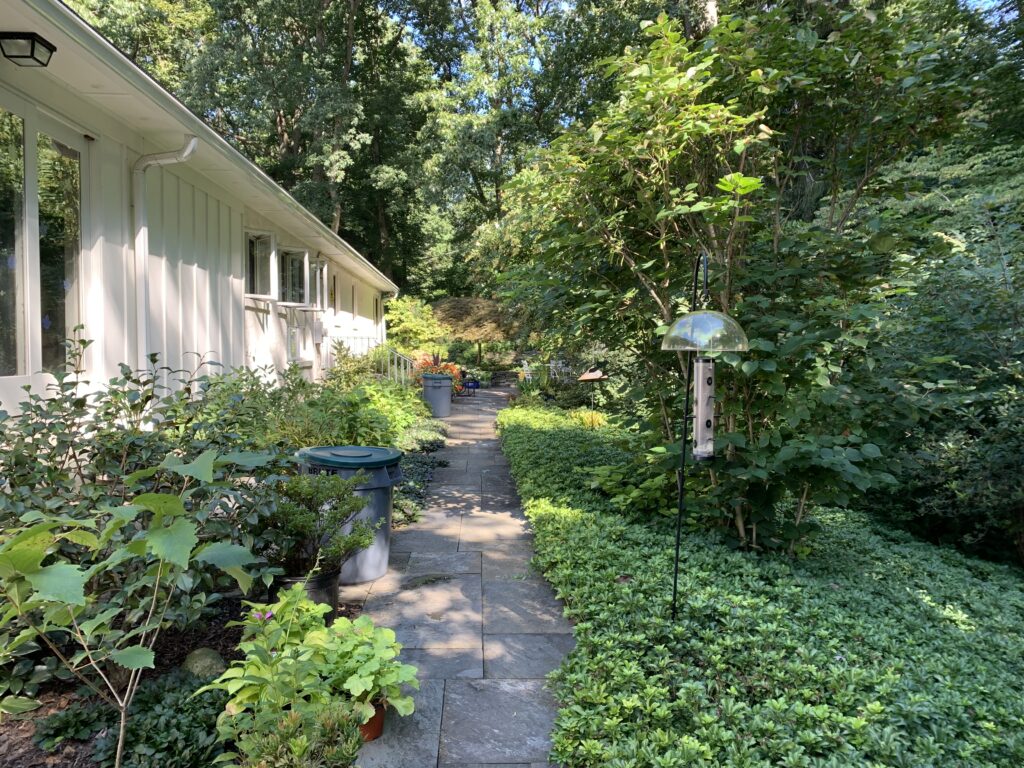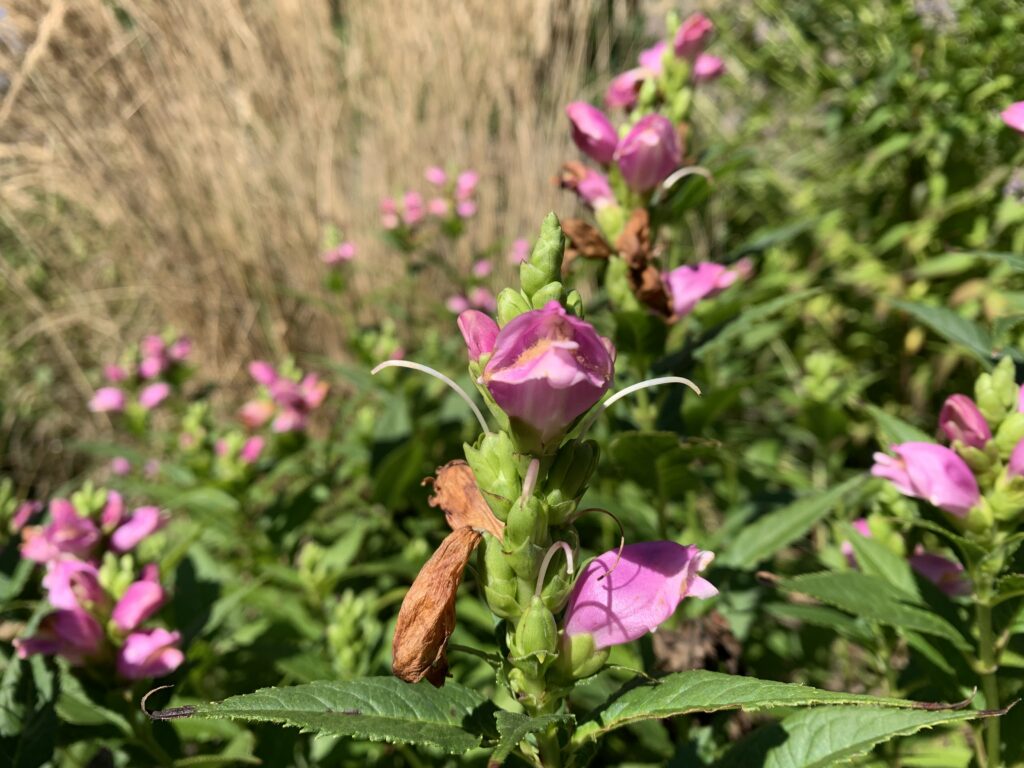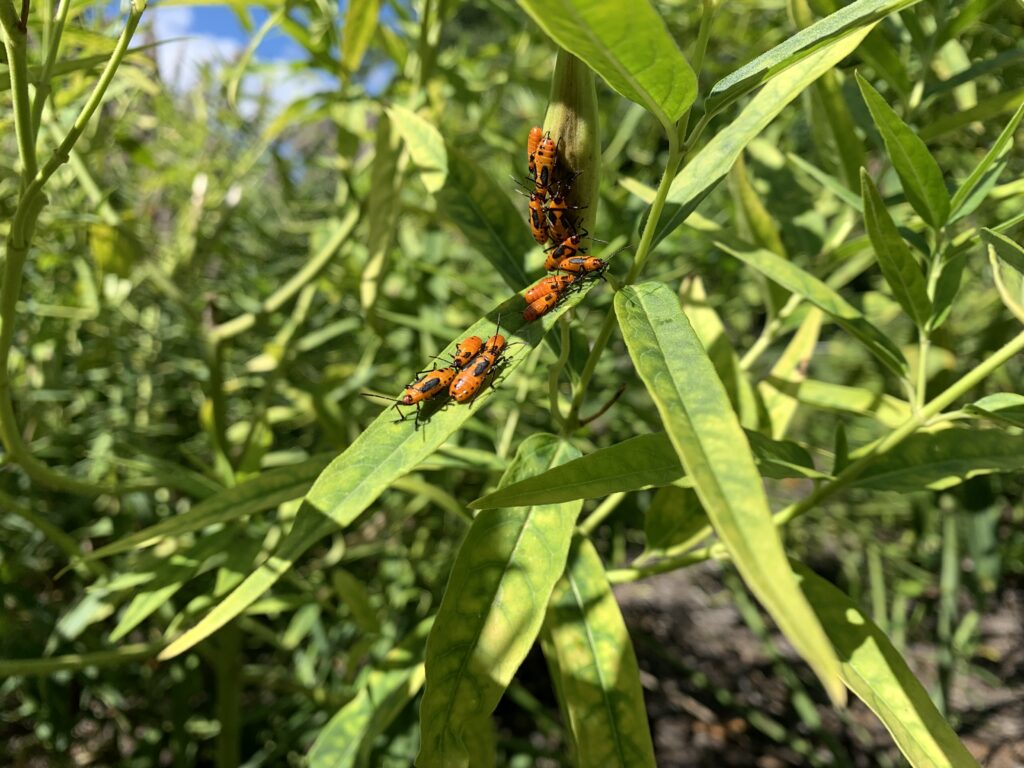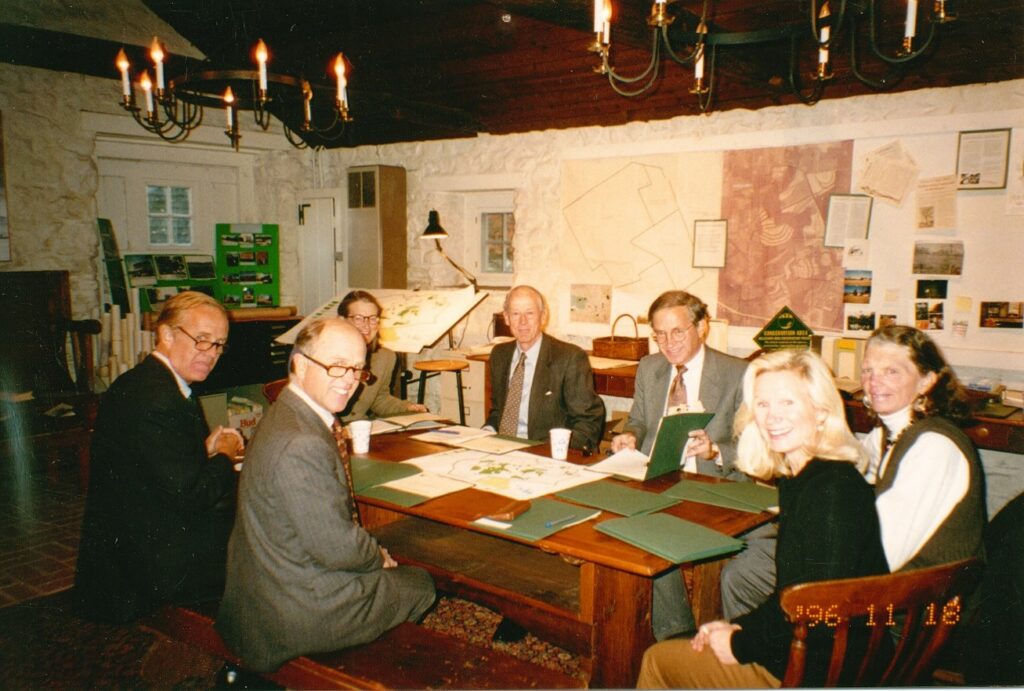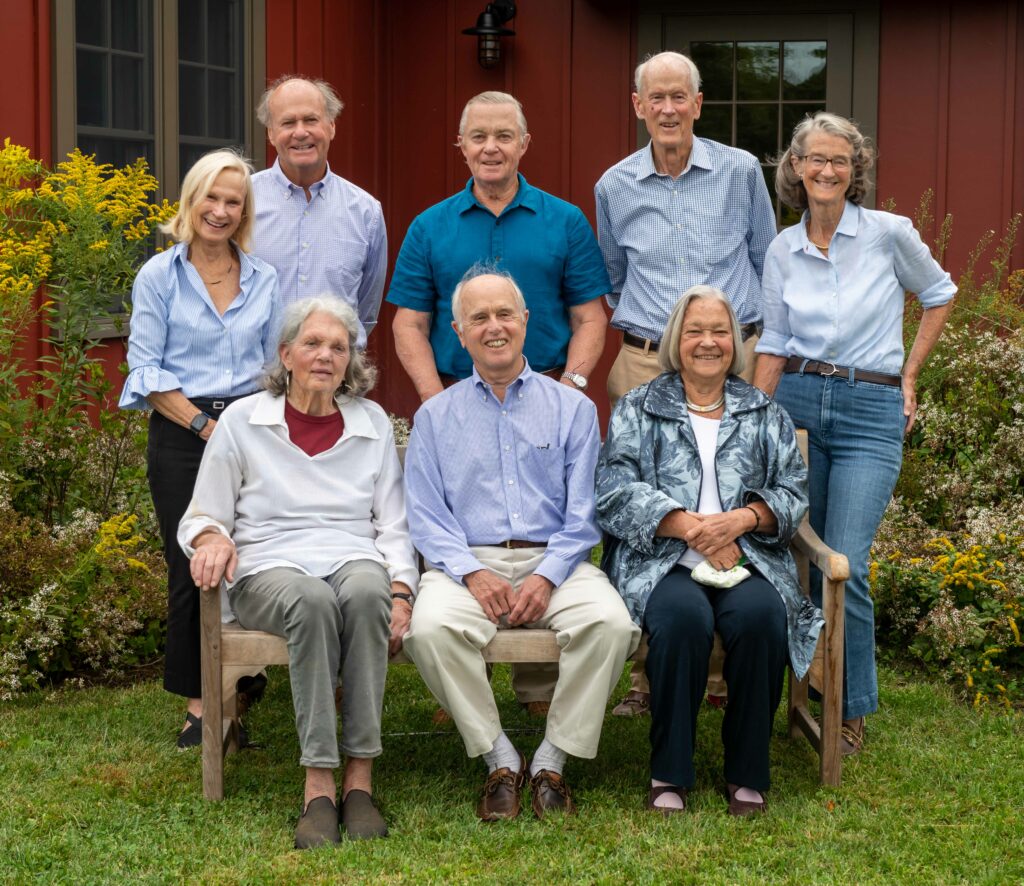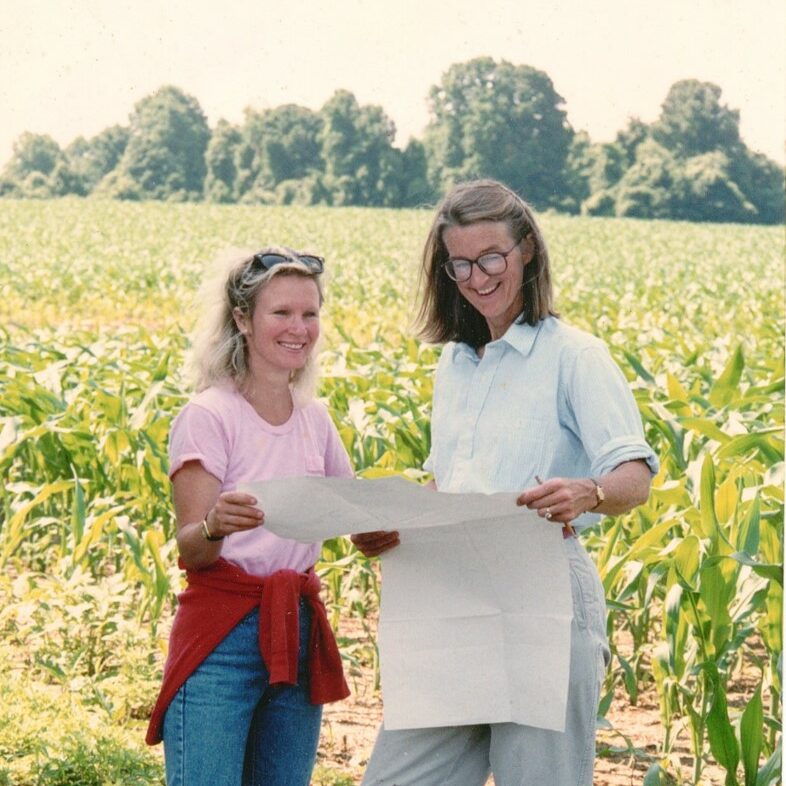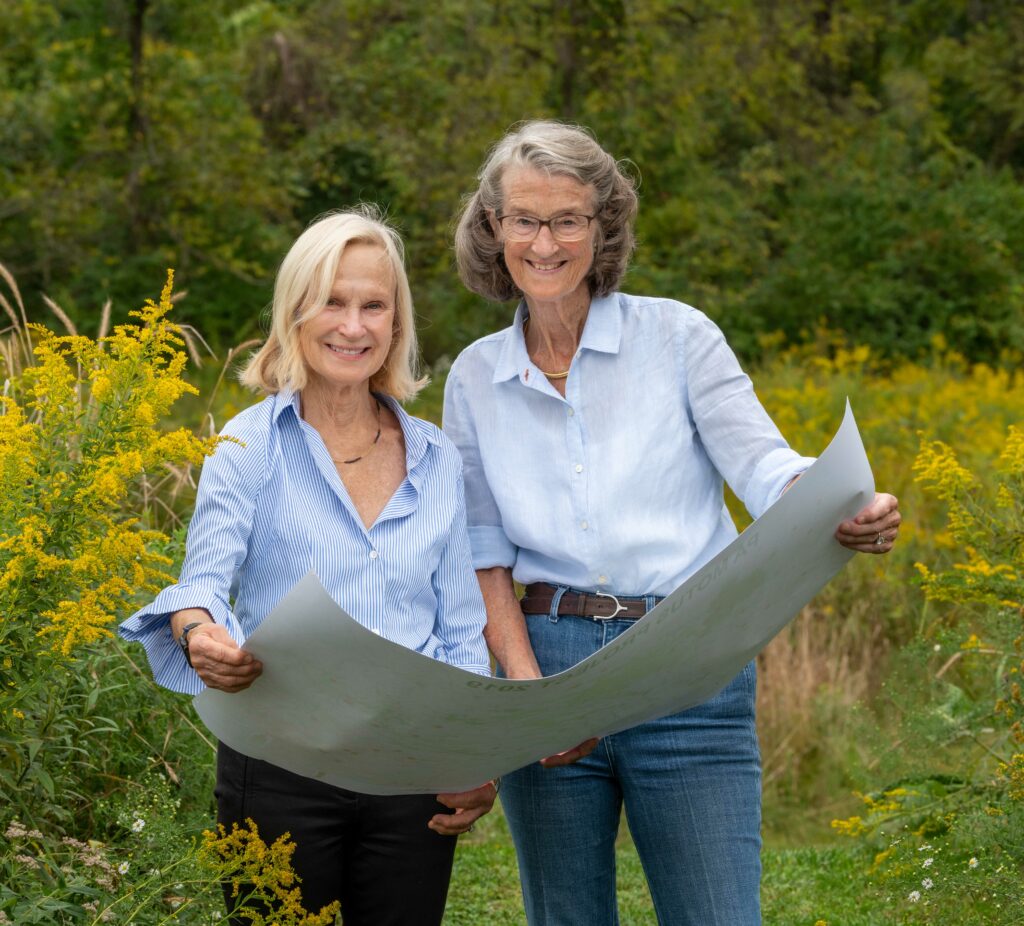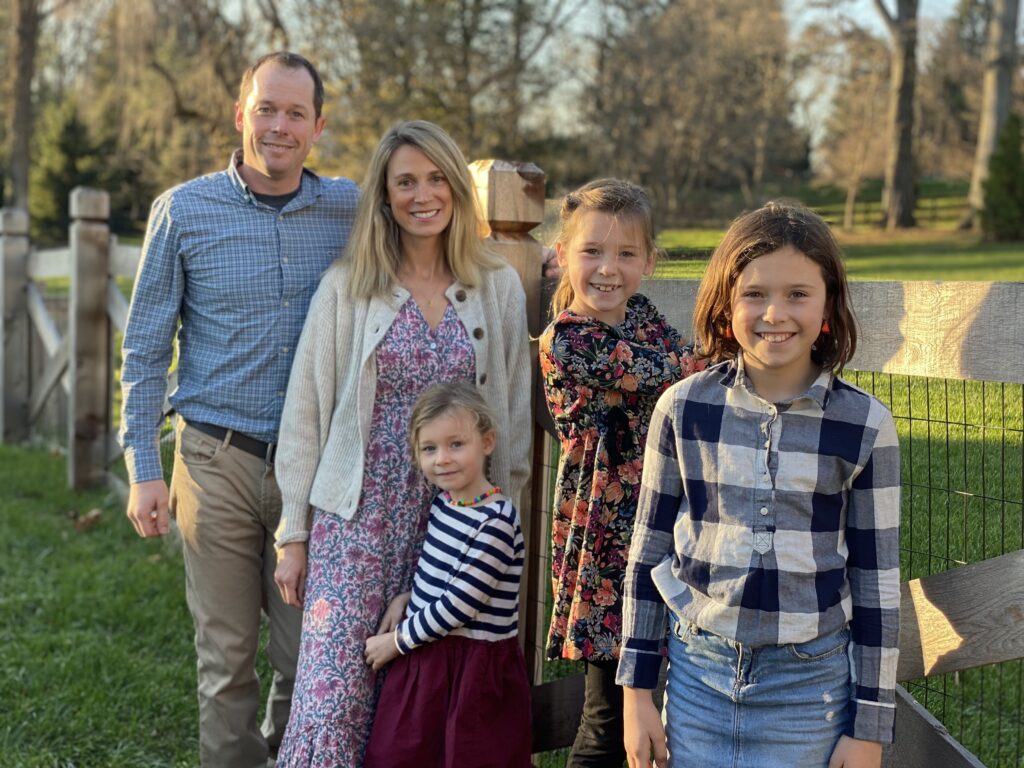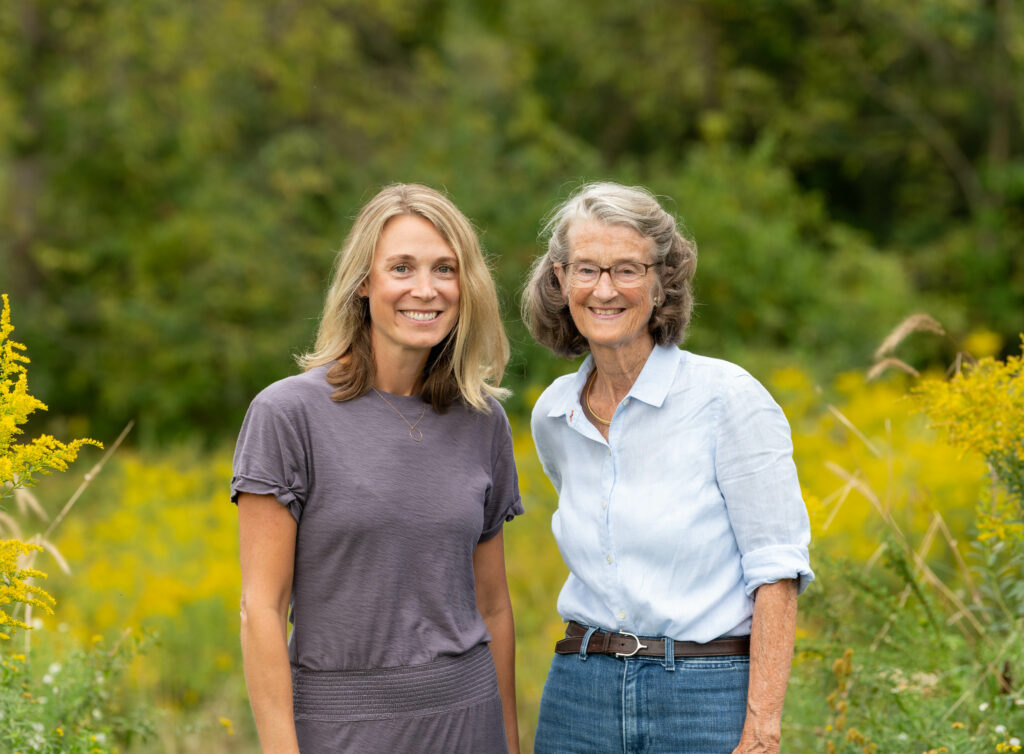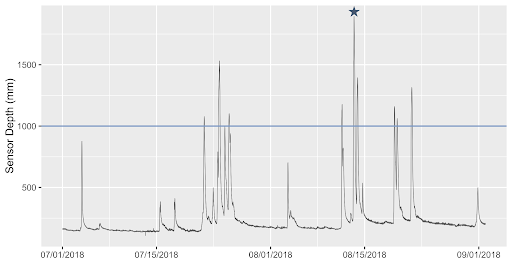We have exciting news to share! The Trust will soon receive two grants from PA DCNR to further land conservation efforts in Chester County:
🍃$500,000 toward the acquisition of approximately 12 acres for an addition to the Kirkwood Preserve.
🍃$25,400 for further development of Rushton Woods Preserve, including the construction of a pedestrian walkway, ADA access and landscaping.
“Willistown Conservation Trust’s phenomenal work in protecting and preserving more than 7,500 acres has given people of all ages the chance to enjoy nature,” said State Representative Kristine Howard. “I’m excited to see the trust utilize these grants to not only grow protected lands, but to make them more accessible for all.” Howard said the funds are part of the Pennsylvania DCNR grant program, which pulls from multiple state and federal funding sources to award grants.
